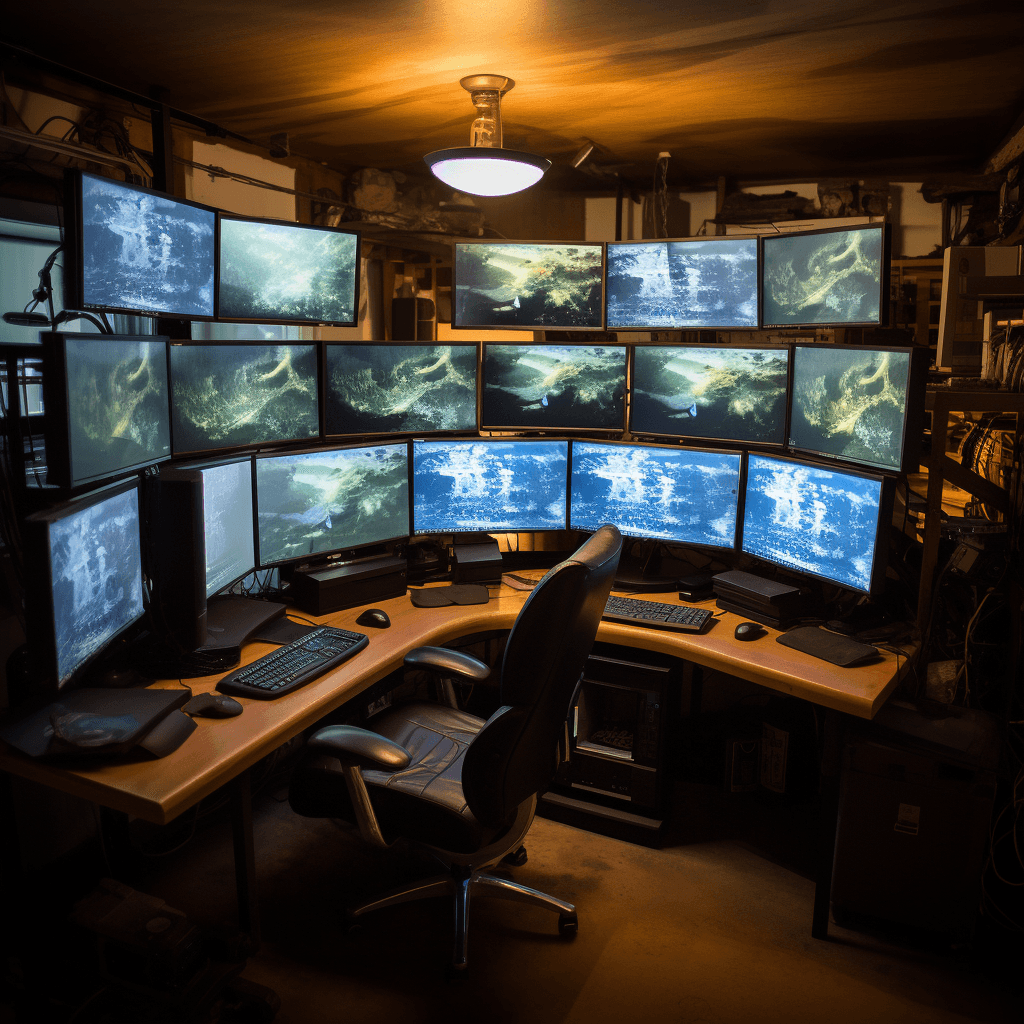
Multi-Monitor Setup: A Guide for Mac and Windows
- Published on
Expanding your digital workspace with a dual monitor setup can drastically improve productivity, offering ample screen real estate for multitasking. While the concept might seem daunting, with a bit of guidance, you'll have your monitors up and running in no time. This article will guide you through setting up dual monitors on both Mac and Windows platforms.
Mac Setup
1. Connecting the Monitor:
- Depending on your Mac model, you'll either use Thunderbolt, USB-C, or HDMI to connect your external monitor. Ensure you have the right cable or, if necessary, an adapter.
2. Setting up Displays:
- Navigate to Apple menu > System Preferences > Displays > Arrangement.
- Here, you can drag to arrange your monitors. The white bar at the top represents the primary display where the menu bar and primary desktop reside.
3. Known Limitations:
- Some Mac models, especially the M1 variants, may support only one external monitor.
4. Overcoming Limitations with DisplayLink:
- DisplayLink is a workaround for Macs that traditionally support only one external display. This software allows for multiple monitors, but it's essential to understand that it's a software solution.
- Using DisplayLink might lead to a performance decrease, especially during resource-intensive tasks.
5. Checking Compatibility:
- Before using DisplayLink, refer to their compatibility list to ensure your Mac OS is supported.
Need a DisplayLink adaptor? - find display link docking stations here!
Windows Setup
1. Connecting the Monitor:
- Modern PCs will typically use HDMI, DisplayPort, VGA, or DVI. Determine which ports are available on your PC and connect your external monitor(s) using the appropriate cables.
2. Setting up Displays:
- Right-click on your desktop and select Display settings.
- Scroll to Multiple displays and choose your preferred setup mode, such as Duplicate or Extend.
- You can also rearrange the order of the displays in this section to match their physical placement.
3. Driver Updates:
- Sometimes, if a monitor isn't recognized or the display looks off, it might be due to outdated drivers. Ensure your graphics card drivers are up-to-date. Visit the manufacturer's website or use Windows Update to fetch the latest drivers.
4. Aligning Monitors:
- If your monitors are of different sizes or on different height stands, ensure their alignment in Display Settings under the Rearrange your displays section matches their physical layout. This adjustment ensures a seamless cursor transition between monitors.
Conclusion
Setting up dual monitors might involve various steps, but the benefits of expanded screen space and improved multitasking capabilities are well worth the effort. By following this guide and ensuring you're aware of any platform-specific quirks, you'll be on your way to a more efficient and productive digital workspace.
Need another monitor? - you can find some here!
- Authors

- Name
- programox
- admin@programox.com